How to write a webinar introduction script that engages your audience from the start
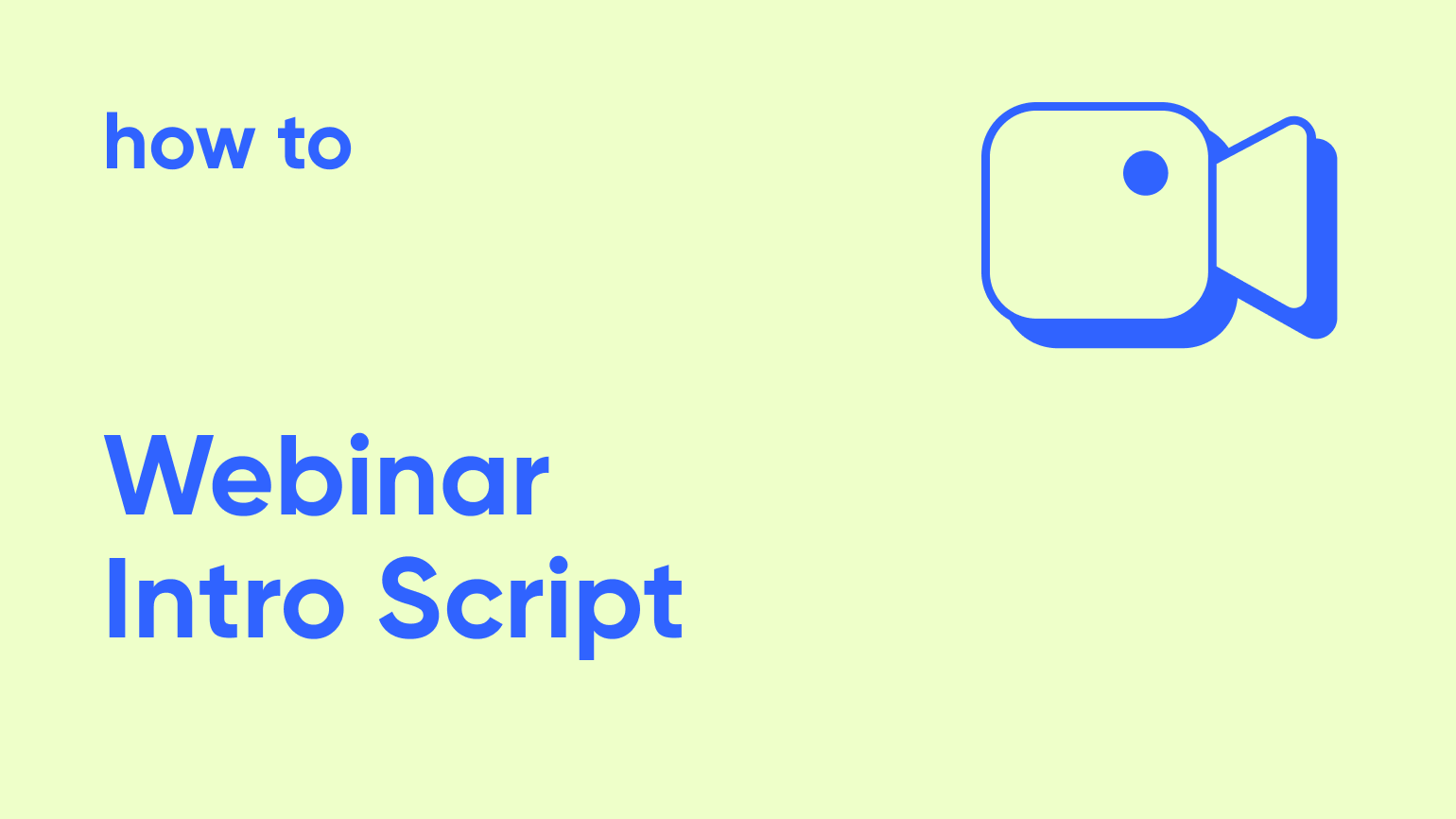
Many webinar attendees decide whether to stay or leave within the first few minutes of a webinar introduction. Webinars with compelling, well‑structured introductions tend to retain significantly more attendees compared to those with generic openings. Your webinar introduction script isn't just housekeeping – it's the make-or-break moment that determines whether your carefully planned content reaches its intended audience. When you write a webinar script that hooks your target audience from the first sentence, you're not just starting a presentation; you're creating the psychological foundation that transforms casual attendees into engaged prospects who stay until your closing remarks. In fact, 95% of businesses consider webinars a key part of their marketing strategy in 2025, highlighting the importance of crafting a strong first impression.

The importance of mastering webinar introduction scripts extends far beyond simple audience retention. While registration is often high, only about 40–50% of registrants attend live webinars, and audience retention rarely exceeds 40%, emphasizing how crucial those first few minutes are. In today's attention-deficit digital landscape, where marketing professionals juggle multiple priorities and endless distractions, your introduction serves as the critical filter that separates truly interested prospects from passive observers. A successful webinar introduction accomplishes multiple strategic objectives simultaneously: it establishes your credibility as a webinar presenter, sets clear expectations for valuable content, creates psychological investment in the outcomes you're promising, and begins the qualification process that helps your sales team prioritize follow-up conversations. When executed effectively, an engaging introduction becomes your most powerful lead generation tool – it doesn't just inform attendees about what's coming, it makes them genuinely excited to discover how your insights will solve their specific challenges. This is why the world's most successful B2B companies invest significant resources in perfecting their webinar scripts, understanding that the difference between a mediocre introduction and an exceptional one can translate into millions of dollars in pipeline value.
Throughout this comprehensive guide, you'll discover the proven frameworks that transform ordinary webinar openings into magnetic experiences that audiences can't resist.
What should be included in a webinar introduction script?
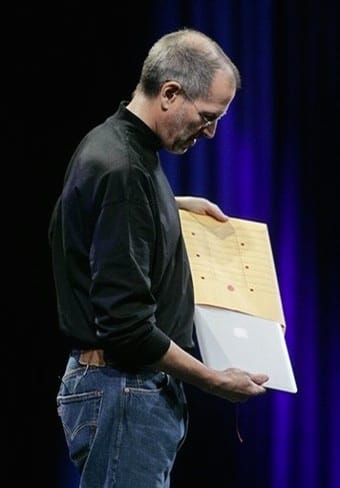
Your webinar introduction is the movie trailer for your main content. A great trailer doesn't reveal the plot, but it makes viewers desperate to see what happens next. Your introduction needs enough compelling content to prevent people from leaving while setting them up for success.
When you create a webinar script, remember that opening moments determine whether your webinar presenter maintains credibility throughout the session. The script helps establish authority while creating genuine connection with everyone who chose to attend your live webinar.
Essential components every script should include for maximum impact
Your webinar introduction needs specific components that each serve a distinct purpose. Miss one element, and the entire experience starts to crumble.
The welcome and gratitude segment sets your emotional tone immediately. People chose to spend valuable time with you. Acknowledge that gift. When attendees feel appreciated from the start, they're more likely to stay engaged and give you grace if technical issues arise.
Your credibility establishment comes next. Don't rattle off your resume like you're at a networking event. Instead, connect your expertise directly to the value you're delivering. "I've spent the last decade helping B2B companies like yours significantly improve their conversion rates. Today I'm sharing the three strategies that made the biggest difference."
The value proposition and agenda overview becomes your contract with the audience. Be specific about what they'll learn. More importantly, tell them what they'll be able to DO differently after the webinar. Transformation beats information every time.
Webinar content structure: from opening to main content transition
The transition from introduction to main content resembles the moment a roller coaster crests its first big hill. Handle it wrong, and people feel jarred and disconnected. Your structure needs to create a seamless flow that carries people forward naturally.
Start with a pattern interrupt. Something unexpected that breaks people out of multitasking mode. This could be a surprising statistic, a thought-provoking question, or a brief story connecting to your webinar topic. The goal is creating a mental "wait, what?" moment that demands immediate attention.

Layer in your credibility naturally as you move through the agenda. Instead of formal bio dumps, weave your expertise into context. This approach builds trust without feeling like a sales pitch.
Key elements to include in your introduction
Your title isn't just identification. It's your first chance to reinforce the value proposition and create anticipation. Frame it with excitement and context that connects your content to real results rather than theoretical concepts.
When you introduce speakers, mention their name and job title naturally while focusing on specific expertise. "I'm excited to introduce Sarah Martinez, our VP of Content Marketing. She will illustrate the framework we use to craft compelling campaigns."
Your agenda should read like a treasure map, not a grocery list. Each agenda item should hint at valuable insights or actionable strategies. Create a simple outline that attendees can follow along with. Hope to keep your agenda visual and digestible for attendees with varying internet connection quality.
Set engagement expectations like you're hosting a game show. "Throughout today's session, I'll be asking for your input in the chat box at the bottom of the screen. This isn't a one-way presentation. It's a collaborative exploration.". Adding live polls or interactive Q&A sessions during introductions can increase participation by over 22%, making attendees more likely to remain engaged throughout the session.
Handle legal requirements professionally. Frame compliance as caring about their privacy. "We're recording today's session so you can focus on learning instead of frantically taking notes. Your privacy matters to us."
Perfect webinar script template: step-by-step writing guide
Creating a webinar script resembles building a house. You need a solid foundation, good structural bones, and finishing touches that make people want to move in. Unlike construction, you can't afford months to get it right. Your script needs to work perfectly the first time.
When you write a webinar script, remember that successful webinar approaches balance preparation with flexibility. Don't write everything word for word. Instead, create a framework that guides your speaking while allowing for natural conversation and spontaneous insights.
Tips for writing a compelling webinar introduction
Write like you talk, then edit like you mean business. The biggest mistake in webinar scripting is trying to sound "professional" by using corporate speak that would make robots yawn. Your audience wants to connect with a human, not receive a presentation from the compliance department.
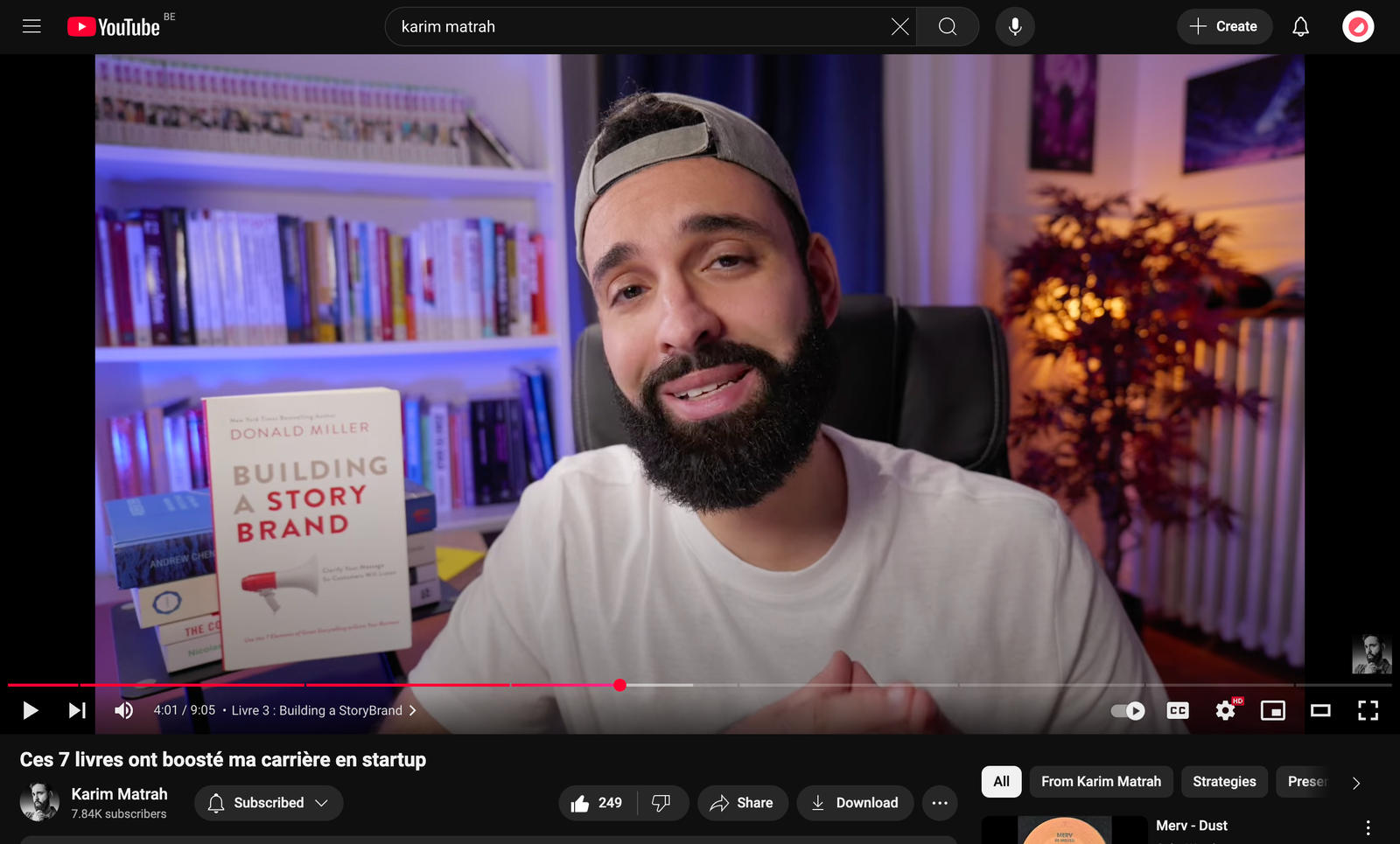
Start with your energy level at maximum intensity. Energy doesn't translate well through screens. What feels like enthusiasm in person might come across as mild interest online. You need to overcompensate for the digital barrier.
Build in natural pause points where you can check the chat, acknowledge participants, or let key points sink in. Use these moments to reinforce key concepts and ensure your conversational tone remains authentic throughout.
How to structure a webinar presentation for logical flow
Your structure should feel like a well-designed museum tour. Each stop builds on the last, creating a journey that feels both logical and surprising. Start with the big picture, zoom into specific details, then pull back to show how everything connects.
The hook-context-preview-transition model works beautifully for webinar introductions. Hook them with something compelling, provide context for why this matters, preview what's coming, then transition seamlessly into your main content. Each element should feel inevitable.
Consider using visual aids strategically during your introduction to reinforce key points without overwhelming your audience. A simple slide can illustrate complex concepts more effectively than lengthy explanations.
Crafting your opening hook and setting expectations
Your opening hook needs to be attention-grabbing without being cheesy, relevant without being obvious. The best hooks create a curiosity gap that can only be filled by staying for the main content.
Statistical hooks work when they're genuinely surprising. "92% of marketing leaders believe their webinars are engaging, but only 23% of attendees agree." Story hooks work when they're relatable. "Last Tuesday, I watched a $50 million company lose 847 prospects in the first three minutes of their webinar."
Frame participation as an opportunity, not an obligation. Let attendees know when and how to ask questions. Clear expectations help people choose the right moment to engage without disrupting the flow of your presentation.
Turn technical instructions into engagement opportunities. "I'll be watching the chat throughout our session. Don't be shy about jumping in." Make sure to acknowledge different technical setups and provide a simple recap of where to find key features.
Sample webinar introduction scripts by format and business objective
A chef adjusts recipes based on whether they're cooking for a romantic dinner or a family barbecue. Your webinar introduction needs to match both your format and your business objective. A lead generation webinar has completely different energy and goals than a customer retention session.
These sample webinar scripts provide concrete examples of how to craft an engaging introduction for different scenarios. Each sample demonstrates how the same core principles adapt to serve different business purposes while maintaining authentic connection with your target audience.
Lead generation and customer nurturing scripts
Lead generation webinars resemble first dates. You want to be impressive without being desperate, valuable without giving everything away. Your introduction needs to establish credibility while creating enough curiosity to keep people engaged through your eventual offer.
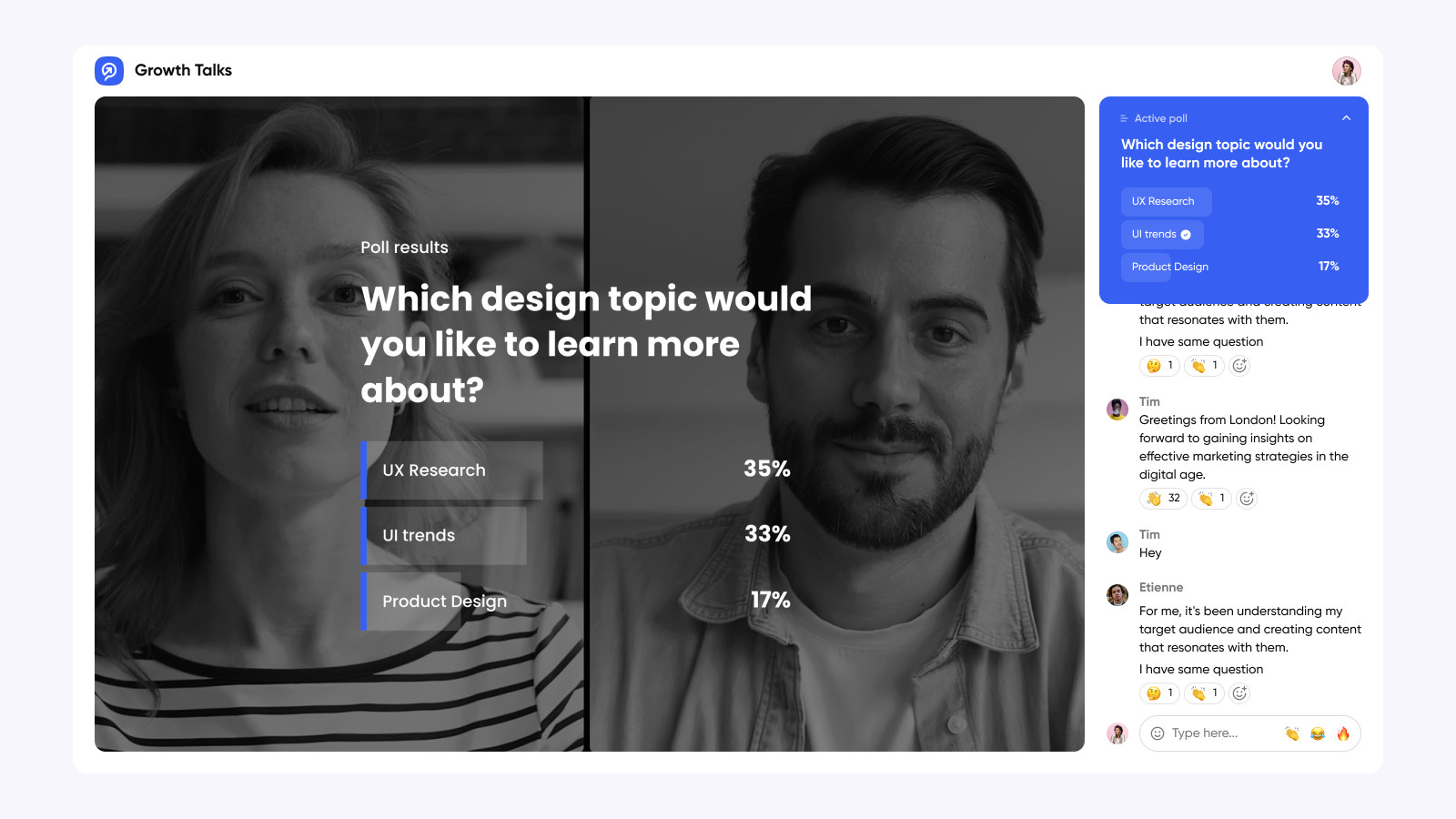
"Welcome everyone! I'm seeing people joining from companies I recognize. Some are probably wondering if their current marketing approach is actually working or just keeping them busy. Over the next 45 minutes, I'm going to share the three-step framework that helped dozens of B2B companies achieve substantial improvements in their qualified leads. Yes, I'll show you the actual numbers and case studies, not just theory."
The key here is specificity and proof. Vague promises like "improve your marketing" don't create urgency. Specific outcomes with real numbers make people lean forward in their chairs and hope they'll discover actionable strategies they can implement immediately.
Customer nurturing webinars are like cooking for friends who already love your food. You can be more relaxed, more insider-focused, and more generous with your best secrets. "Welcome back to our quarterly deep-dive series! For those of you who've been implementing the strategies from our last session, I'm excited to hear ….”. Today we're going three levels deeper into advanced techniques that most companies won't discover for another two years."

Scripts by funnel stage
Top-of-funnel introductions need to create context before diving into specifics. "If you're here, you've probably noticed that the marketing strategies that worked two years ago are delivering diminishing returns. The entire landscape shifted, and most companies are still playing by the old rules. Today, I'm going to show you what the new playbook looks like."
Middle-funnel webinars target audiences evaluating solutions. "You've already identified that your current approach isn't scaling the way you need it to. It's how to change without disrupting what's already working. Today, we're going to walk through the exact decision-making framework we use with our clients."
Bottom-funnel webinars focus on methodology and results. "Welcome to everyone who's been following our content and is ready to take the next step. Now you want to know what it looks like when we implement these systems specifically for your business. Over the next hour, I'm going to show you our exact client process.". This is specifically true for a product demo webinar.
Advanced webinar scenarios and problem-solving
Running complex webinars requires preparation for scenarios that most webinar presenters hope they'll never encounter. Building contingencies into your script helps you maintain composure and credibility when unexpected challenges arise.
Multi-speaker and technical management
Multi-speaker webinars need clear rules and expectations. "Today's session is different from our usual format. Instead of one perspective, you're getting insights from three industry leaders who rarely agree on anything. We've structured this as a collaborative exploration rather than individual presentations."

Establish interaction protocols immediately. "Sarah will kick us off with the framework, then Mike will share how he's adapted it for enterprise clients. I'll be moderating to make sure we dig deep into the areas where their approaches differ because that's usually where the real insights hide."
For global audiences, acknowledge the sacrifice some people made to attend. "I'm seeing participants joining us from 23 countries across 6 time zones, including some dedicated souls joining at ungodly hours. For our early morning and late night participants, I promise we'll make this worth your sleep sacrifice."
Handling common challenges
When nobody asks questions, reframe the situation positively. "The lack of questions often means you're processing complex ideas and need a moment to formulate your thoughts. Sometimes it's easier to identify what resonates than to formulate specific questions."
Technical failures require graceful recovery. "It looks like we're having some audio issues. While my team resolves this, let me share something valuable in the chat that actually connects to today's main topic."
For controversial topics, address them head-on with balanced perspective. "I know today's topic generates strong opinions, and that's actually why we need to discuss it. My goal isn't to convince everyone to think the same way. It's to share data and frameworks that help you make better decisions."
How to create an engaging webinar introduction that converts
Webinar engagement isn't about entertainment. It's about creating psychological investment. When someone becomes mentally engaged with your content, they've made an unconscious commitment to see it through. Your introduction needs to create that investment quickly and authentically.

Create interactive webinars on Contrast
Start for free with up to 30 registrants. No credit card needed.
Start for freePsychology of online attention and interaction
Online attention works like compound interest in reverse. Every second someone isn't engaged makes it exponentially harder to recapture their focus. You're competing with email notifications, Slack messages, and the general chaos of modern work life.
The first 60 seconds operate on reptilian brain psychology. People make unconscious decisions about whether to stay engaged based on pattern recognition, social proof, and perceived value. Your introduction needs to trigger the right psychological responses before logical evaluation kicks in.
Create immediate pattern interrupts that distinguish your webinar from boring corporate presentations. "Most marketing webinars start with agenda slides and speaker bios. We're going to start with the $2.3 million mistake that taught me everything I know about customer psychology."
Interactive elements in introductions give people a taste of what's coming while stimulating their appetite for more. Poll questions work best when they're diagnostic rather than demographic. Instead of "What industry are you in?" try "What percentage of your leads convert to customers?"
Building participation and managing energy
Frame participation as exclusive access, not homework. "Throughout today's session, I'll be sharing additional insights and resources with people who are actively engaged in the chat. Think of it as a parallel conversation where the most valuable exchanges often happen."
Strategic questions create mental engagement even when people don't respond publicly. Every question forces the brain to formulate an answer, which creates active processing rather than passive consumption.
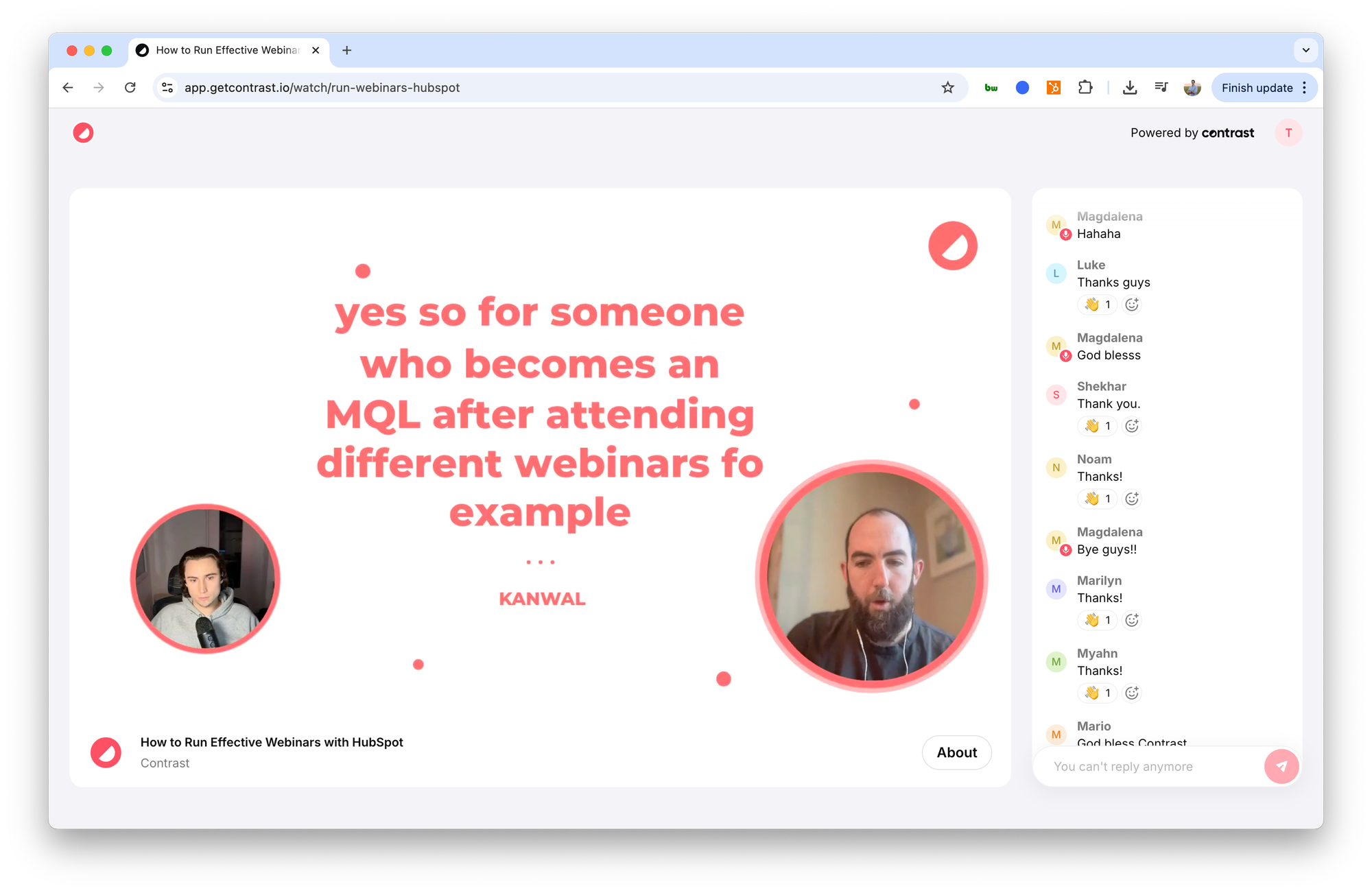
Energy calibration is like adjusting your voice for the size of the room. A 50-person webinar needs conversational energy. A 5,000-person webinar needs presentation energy. Small audiences want intimacy and personalization. Large audiences want authority and spectacle.
Business integration and compliance considerations
Your webinar introduction isn't just educational content. It's a strategic business asset that should integrate seamlessly with your broader marketing objectives. Smart webinar planning recognizes that introductions serve multiple business functions beyond audience engagement.
Lead qualification and follow-up integration
Smart webinar introductions do double duty as lead qualification mechanisms. While you're engaging your audience, you should also be gathering intelligence that helps your sales team prioritize follow-up and customize their approach.
Embed qualification questions naturally within your engagement strategy. Instead of boring demographic polls, ask questions that reveal buying intent, decision-making authority, and urgency. "In the chat, share what prompted you to prioritize this topic right now. Whether it's a specific challenge, an upcoming initiative, or strategic planning for next quarter."
Your introduction should set expectations for what happens after the webinar ends. "At the end of today's session, everyone will receive the implementation checklist and template library. The real value often comes from the follow-up conversation. My team will be reaching out to everyone who submits questions today."
Industry-specific adaptations
Different industries play by different rules, and your webinar introduction needs to navigate regulatory requirements without sacrificing engagement. Think of compliance as creative constraints that force you to be more innovative.
Healthcare webinars require careful liability management. "Everything we discuss is based on published research and documented case studies, and all strategies should be evaluated within your specific organizational context and regulatory requirements."
Financial services webinars must navigate SEC regulations. "All content is educational in nature and should not be construed as specific investment advice. We'll be sharing frameworks and approaches that have been successful for our financial services clients with the understanding that every situation requires individual analysis."
Technology webinars often deal with audiences having varying levels of technical expertise. "Today's audience includes everyone from marketing generalists to technical implementers. I've structured the content to provide value at multiple levels with foundational concepts for newcomers and advanced strategies for experienced practitioners."
Optimizing your webinar introduction for better results
Your webinar introduction isn't a creative writing exercise. It's a business asset that should be optimized, measured, and continuously improved based on real performance data. Successful webinar optimization requires systematic approaches to testing, measurement, and improvement.
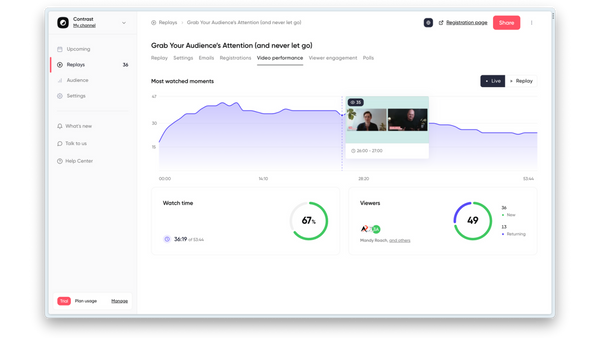
Testing and measurement strategies
A/B testing webinar introductions is like being a scientist with your own audience laboratory. Small changes in opening hooks, value propositions, or engagement strategies can create dramatic differences in attendance retention, participation rates, and eventual conversion outcomes.
Test one variable at a time for clean data. This week, test two different opening hooks while keeping everything else identical. Measure not just engagement during the introduction, but attendance retention through the entire webinar.
Most webinar analytics focus on vanity metrics that don't correlate with business results. Attendance numbers and chat participation are interesting, but they don't pay the bills. Your optimization efforts should focus on metrics that directly connect to revenue and customer acquisition.
Track qualification indicators embedded in your introduction. When you ask strategic questions, measure not just who responds, but the quality of responses. Participants who shared specific budget ranges often converted at a much higher rate than those who gave vague responses..
Continuous improvement approaches
Optimization requires consistent attention, seasonal adjustments, and long-term thinking. Your best introduction script today will be outdated in six months unless you're continuously evolving based on market feedback and performance data.
Create feedback loops that capture qualitative insights along with quantitative data. Post-webinar surveys should ask specific questions about introduction effectiveness. "Which part of the introduction made you most excited about the rest of the session?" This reveals which elements create forward momentum versus which elements are just filling time.
Monitor external factors that influence introduction effectiveness. Economic conditions, industry trends, and seasonal patterns all affect how your audience responds to different introduction approaches. During economic uncertainty, introductions focused on cost-saving strategies often perform better than growth-focused introductions during times of economic uncertainty..
Build systematic iteration into your process. Every webinar should include at least one introduction element that's being tested or refined. Document what you learn for future reference and team training. Introduction lessons about audience psychology have improved our email subject lines, social media marketing content, and even sales presentation openings.
Closing remarks
Your webinar introduction is the handshake that determines whether your audience trusts you enough to invest their time and attention. In a world where people join webinars while juggling emails, managing kids, and dealing with the general chaos of modern life, those first few minutes are your only guaranteed shot at creating the psychological investment that keeps them engaged.
The most successful marketing leaders understand that webinar introductions aren't just logistics. They're strategic business assets that can dramatically influence lead quality, sales cycle length, and customer acquisition costs. When you nail your introduction, you're not just starting a presentation. You're beginning a relationship that can influence business outcomes for months or years.
Remember that engagement isn't entertainment. It's investment. Every element of your introduction should create deeper psychological commitment to the outcome you're promising. The best introductions make people feel smarter, more capable, and more optimistic about their ability to achieve the results you're teaching.
Your introduction script should feel like a conversation with a trusted advisor, not a presentation from a corporate spokesperson. Use the frameworks, templates, and strategies we've covered, but adapt them to your authentic voice and your target audience's specific needs. The magic happens when your expertise feels accessible and your authority feels approachable.
Most importantly, remember that perfect introductions aren't scripted. They're prepared. Use your script as a framework that gives you confidence and structure, but stay flexible enough to adapt when your audience gives you signals about what they need most. The best webinar hosts are comfortable enough with their material to throw out the script when the audience would be better served by a different approach.
Your next webinar introduction is an opportunity to demonstrate that you understand both the strategic complexity of modern marketing and the human psychology that drives all business decisions.
Ready to make every webinar count from the first minute? Book a demo and see how Contrast helps you deliver high-impact, branded webinars that keep audiences engaged and turn introductions into outcomes.

